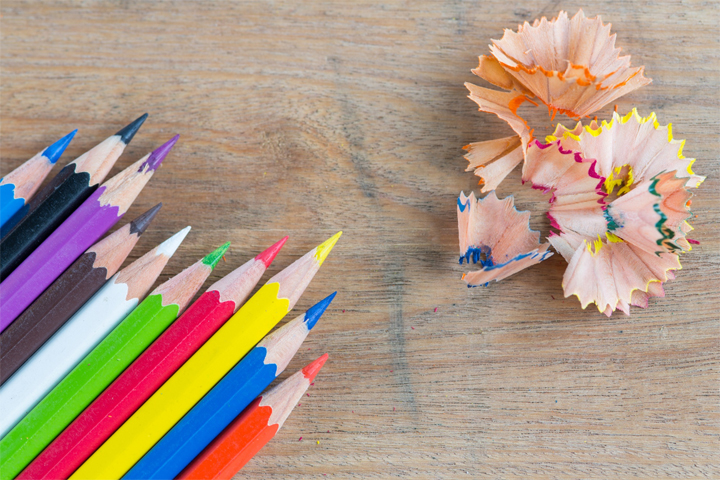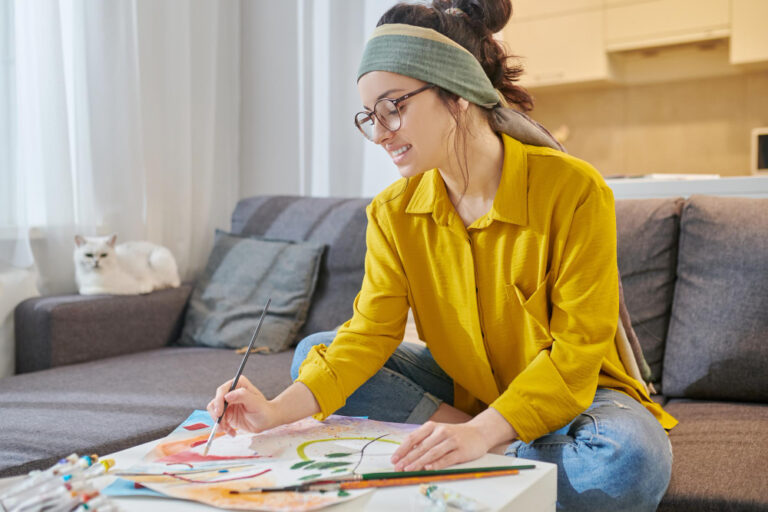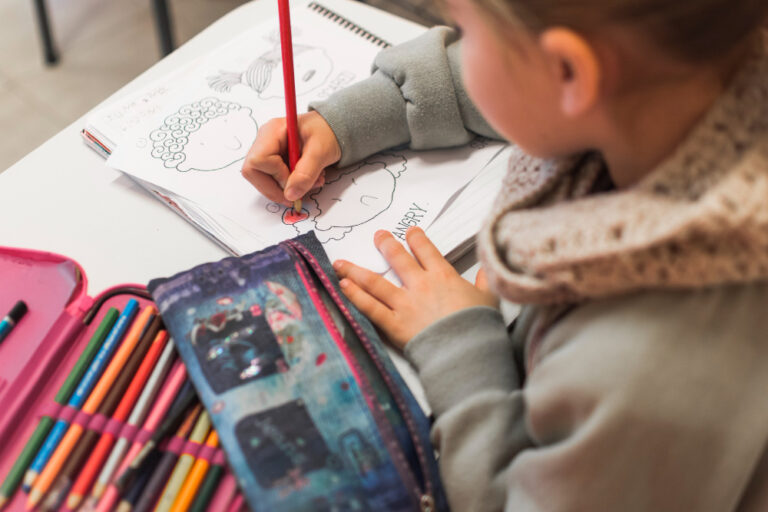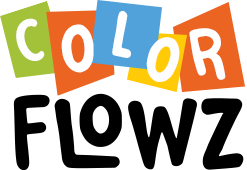Mastering Coloring Techniques: Unlock Your Artistic Potential

Coloring is more than just filling in shapes; it’s an art form that allows for endless creativity and personal expression. To elevate your coloring game, it’s essential to explore various techniques that can add depth, texture, and vibrancy to your artwork.
One fundamental technique is blending, which involves smoothly transitioning colors to create a gradient effect. This can be achieved with blending tools such as colorless blender markers, blending stumps, or even a gentle layer of alcohol-based markers. Another popular method is layering, where you build up multiple layers of color to achieve richer hues and more complex shades, adding dimension to your work. For those looking to add texture, stippling—creating tiny dots—can simulate surfaces like sand or rough fabric, while cross-hatching involves overlapping lines to produce shading and shadow effects.
Additionally, using different coloring tools like colored pencils, markers, and gel pens can create varied textures and finishes; for example, colored pencils are perfect for detailed work and subtle shading, while markers deliver bold, vibrant colors. Experimenting with these techniques not only improves your skills but also makes the coloring process more engaging and enjoyable. Remember, practice and patience are key—so don’t be afraid to try new methods, make mistakes, and discover your unique style. Happy coloring!
In addition to blending, layering, stippling, and cross-hatching, another valuable technique to explore is the use of light and shadow to create a sense of depth and realism in your coloring.
By understanding where your light source is coming from, you can strategically shade areas to mimic natural light, giving your artwork a three-dimensional appearance. Gradient shading, where colors gradually transition from dark to light, can also add a smooth, polished look to your pieces.
For a more dynamic effect, consider using complementary colors—colors opposite each other on the color wheel—to create contrast and make certain areas pop. Additionally, pointillism, a technique involving tiny dots of color placed close together, can be used to achieve subtle color variations and textures. For a more artistic touch, try experimenting with unconventional tools like cotton swabs, sponges, or even your fingers to blend and create unique textures.
Finally, always keep your tools sharp, your paper smooth, and your workspace well-lit to ensure precision and reduce frustration. The key to mastering these techniques is consistent practice; over time, you’ll develop your own signature style and find the methods that work best for you. Embrace the process, enjoy the journey of discovery, and let your creativity flourish through your coloring adventures.
Related Articles

Coloring for Healing and Relaxation: A Creative Path to Calm for Adults
We look forward to the deliciousness of the holiday season for many reasons – special meals and drinks, seasonal treats…

The Benefits of Coloring in School: Enhancing Learning and Creativity
Playing with your pets is a great way to reinforce training, strengthen your bond, incorporate exercise into your daily routine…

The Overall Benefits of Coloring for Kids and Adults
Summer is a great time to enjoy all sorts of outdoor fun, but when temperatures rise too high, conditions…
